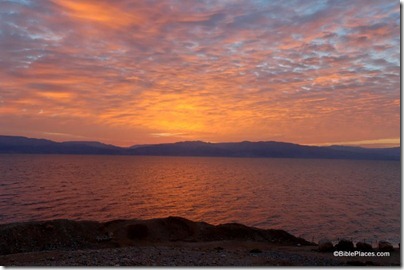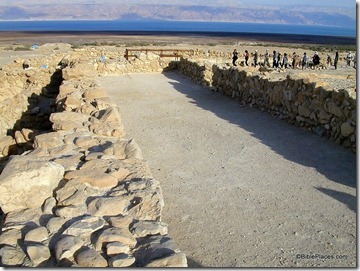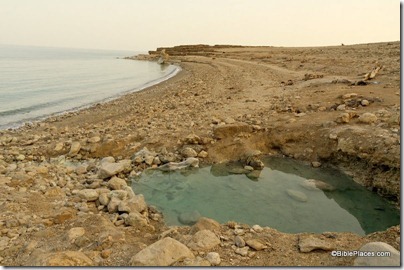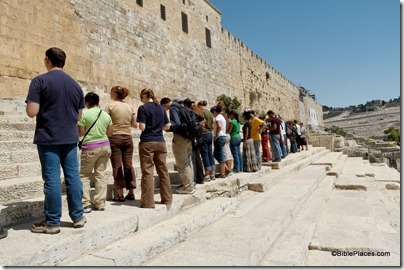Joseph Patrich provides a great survey of what we know about Caesarea Maritima from archaeological excavations.
Ferrell Jenkins has written a couple of illustrated posts on Saint Catherine’s Monastery in the Sinai Peninsula.
The IAA has more information about the Byzantine prayer box discovered in the City of David (aka
“Walls around Jerusalem” National Park).
The West Semitic Research Project has made three RTI images available to BAR readers to view without requiring registration. (Background here.)
Wayne Stiles transports his readers to the Mount of Beatitudes in the spring.
You can now register for the 2012 season at Gath. This is one of the most popular excavations in the world.
The ancient mikveh discovered near Zorah is the subject of a 1.5 minute video at the Jerusalem Post.
A bill submitted to Israel’s parliament “aims to preserve the Dead Sea and its internationally treasured natural resources, maintain the salty waters for the benefit of the next generation, curb the plunging water levels of the northern basin and determine new terms of management for the region, which will provide for continued reasonable extraction of minerals while protecting the ecosystems and biodiversity.”
Israel’s Knesset has refused to declassify the Temple Mount Report. “Shin Bet officials argued the report should remain confidential on the grounds its contents were sensitive and its publication could result in confrontations and geopolitical changes at the site.”
A scholar claims that the number of ancient stone wheels visible only from the sky may number more than a million. Google Earth is now being used to identify these throughout Syria, Jordan, and Saudi Arabia.
Iraq has budgeted $8.5 million to develop the infrastructure at the ancient city of Babylon.
HT: Joseph Lauer, Jack Sasson



